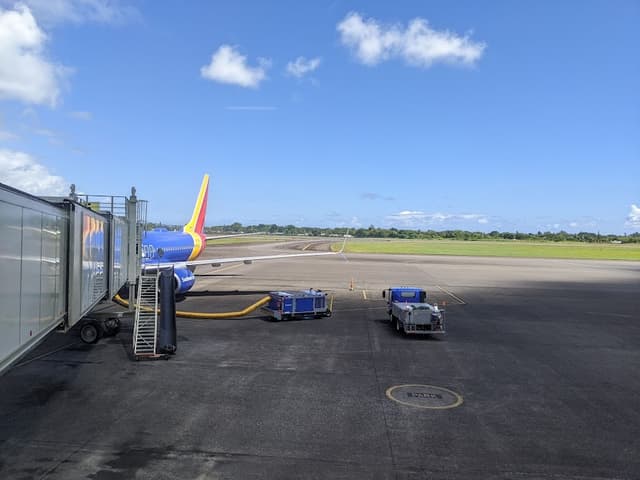Hawaii, also known as the Big Island to avoid confusion, is just that, a big island. This is mostly because it’s the youngest of the Hawaiian Islands, and it was made by two separate volcanoes, one of which is still active. It’s home to a wide variety of scenery and climates. It has beaches of different colors, active volcanoes, snow on the top of the tallest mountain, lush forests, and more.
The island is generally divided into two sides - the Hilo side and the Kona side. Kona is known for being drier, with white sand beaches, great snorkeling, and most of the resorts. Hilo is known for being wetter, with lots of rain, but also green with lots of waterfalls, and more local. The town of Hilo has one of the best local vibes you’ll find in Hawaii. Volcanoes National Park sits on the southern side of the island, though it’s more accessible from Hilo than from Kona. On the northern side of the island, you’ll find magical Waimea. Home to Mauna Kea, and the meaning of the word “country” in Hawaii. Waimea is known for having a beautiful coastline with black sand beaches and green rolling hills, mainly used as farmland at the base of Mauna Kea. On your visit to Big Island, you should pack accordingly, for some warm weather and cooler weather. Waimea and Volcanoes can get a bit chilly due to their higher elevation, and you may even find snow if you venture to the top of Mauna Kea.
Depending on which side you’re staying on your trip, but if you have the time, I recommend taking at least a day trip to a different side of the island if you can. High points include Volcanoes National Park, Pololu Valley, and Waimea.
Use the map function on this guide by tapping the "map" button on the top right-hand corner to see where all of the recommended places are while you're on the go!
If you find this information helpful, any tips are appreciated for my work :)


